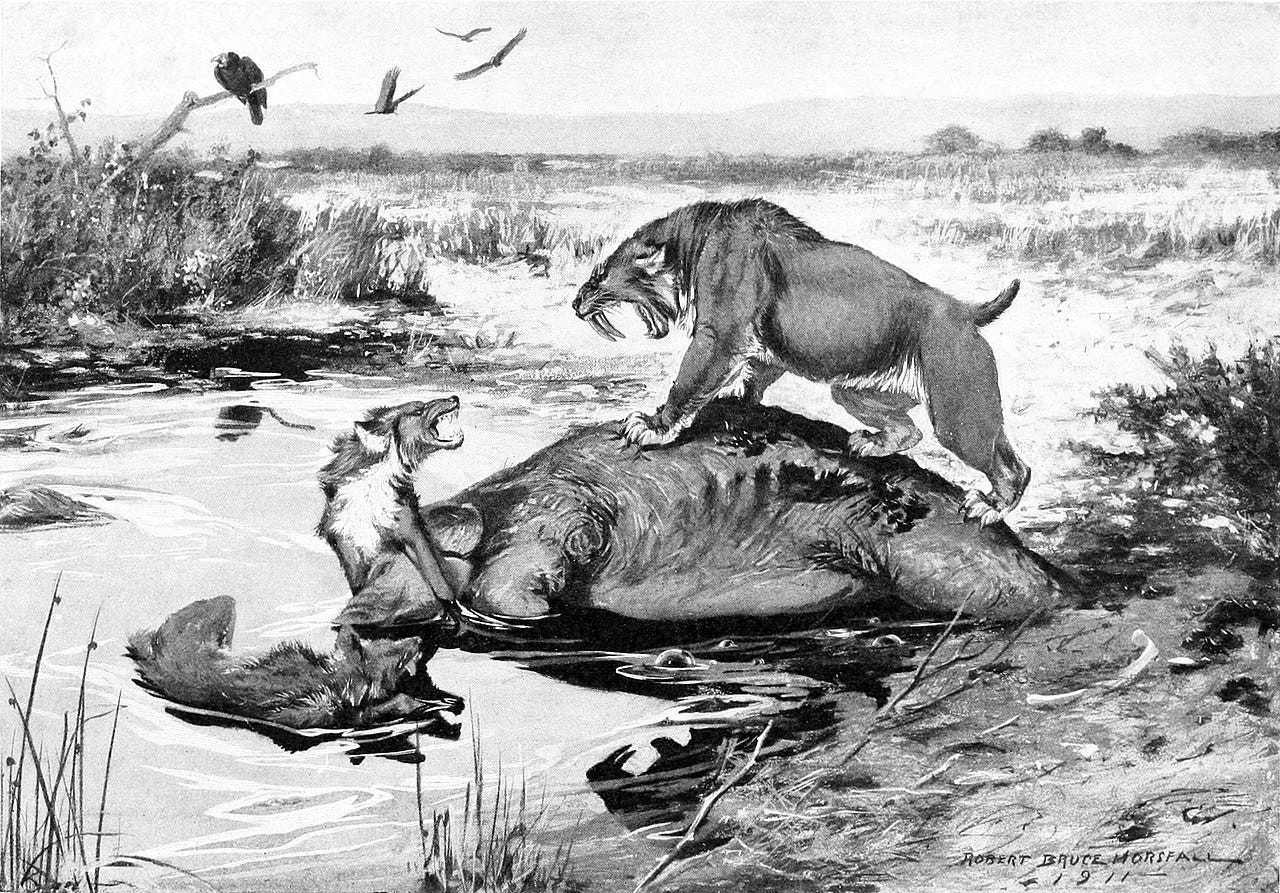Big banks have a mammoth oil industry problem
The plunge in oil prices heightens the financial risks for banks financing the energy industry and global warming.

Will oil’s plunge finally get the message through to banks?
SAN FRANCISCO (Callaway Climate Insights) — Oil’s price crash has been hammering banks that continue to make loans to the industry at the heart of greenhouse gas emissions, forcing them to boost loan loss provisions even as they struggle with effects of the Covid-19 pandemic.
Since March 8, the day Saudi Arabia launched its production surge, shares of the banks have seen sharp declines. The big four — JPMorgan Chase (JPM), Citigroup (C), Bank of America (BAC) and Wells Fargo (WFC) — have lost an average of 17.1%, vs. a decline in the Financial Select SPDR ETF of about 12%.
Smaller banks with bigger exposures to the industry have fared even worse. At the time Saudi Arabia launched its price war, analysts at Keefe, Bruyette & Woods identified 16 banks with particularly large exposures to the energy industry, MarketWatch reported.
As of Wednesday afternoon, that group has averaged a 24.5% decline, with some names down more than 50% since the start of the oil price war.
JPMorgan remains the single largest financier of fossil fuels in the world, according to this year’s Banking on Climate Change report from the Rainforest Action Network. The bank, which includes former ExxonMobil (XOM) CEO Lee Raymond on its board, has provided $269 billion in fossil fuel financing since the Paris Agreement in 2016, according to the report.
At the time of its first-quarter earnings report in mid-April, JPMorgan said its provision for credit losses had risen $6.8 billion from a year earlier “driven by reserve builds which reflect deterioration in the macro-economic environment as a result of the impact of COVID-19 and continued pressure on oil prices.”
The release came a week before the front-month contract for U.S. crude fell below $0 for the first time ever, as traders ran out of places to store physical oil and were literally paying to have it taken off their hands.
Wells Fargo also identified oil weakness as a driver in a $2.1 billion reserve build in its first quarter “reflecting forecasted credit deterioration due to the COVID-19 pandemic and higher charge-offs in the oil and gas portfolio driven by the significant decline in oil prices.”
Smaller banks in the oil patch are hurting as well.
Dallas-based Comerica (CMA) raised its credit reserves, according to its first-quarter financial results. "The Energy sector has been under pressure for the past several quarters, and the situation has eroded further with significant supply and demand imbalances,” Curt C. Farmer, Comerica chairman and CEO, said in the earnings release. “We prudently increased our credit reserves to over $900 million, or 1.71 percent of total loans. This included an increase in the allocation of reserves to Energy loans to over 10%.”
And Oklahoma City-based BankFirst Corp. said its first-quarter results were hurt by a higher provision for loan losses, which surged from $1.7 million a year ago to $19.6 million in the latest period. “It is naïve to think that our region will not experience a residual economic effect from the combination of both the COVID-19 pandemic and low energy prices,” said David Rainbolt, BancFirst executive chairman in the company’s news release.
Altogether, the four biggest U.S. banks — JPMorgan, Wells Fargo, Citi and Bank of America — account for 30% of the $2.6 trillion in financing the industry has received since the Paris Agreement, according to the report.
The pain isn’t just being felt by U.S. banks.
Oil’s plunge has already resulted in some spectacular implosions, such as the collapse of oil brokerage firm Hin Leong Trading in Singapore this month. Banks are owed more than $3 billion from the company, which revealed its founder had hidden $800 million in trading losses over several years and sold oil pledged as collateral for lines of credit needed to finance its trading.
Among the biggest creditors are HSBC, DBS Group, Oversea-Chinese Banking Corp., Standard Chartered and Deutsche Bank, Bloomberg reported.
